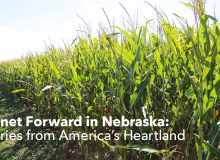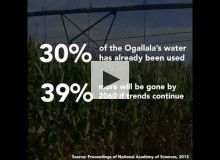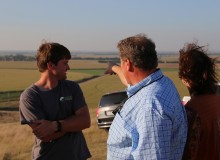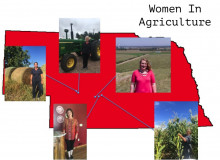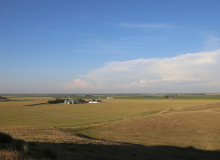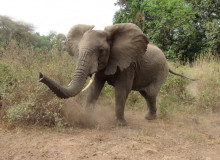agriculture
Planet Forward
In mid-September 2017, nine students from seven universities traveled to the middle of the country and met in Lincoln, Nebraska, to begin the journey to the southwestern corner of the state. We were seeking stories about the environment, science,... Read More
Digital Media Producer, Planet Forward
The Ogallala Aquifer is the life source for farming in the High Plains of the United States, but its water levels are in a dangerous state
University of Missouri
In the face of a changing climate, the agriculture industry is increasingly figuring out how to produce more and use less.
George Washington University
The popular imagination may think of agriculture as Mom and Dad with a pitchfork, but today’s Nebraskan corn farm is probably the furthest thing from the average arm-chair-futurist’s daydreams of farming reality.
George Washington University
On a Planet Forward storytelling trip this fall to Nebraska, I was inspired by the women we met — women not all in roles you'd expect to find on family farms and in the agriculture industry.
Arizona State University
“I know that we (farmers) are an integral part of the ecosystem of the Earth,” Nebraska farmer Scott McPheeters said. “We need to make it sustainable for everybody. We have to do it well and do it right.”

Our first stop in Nebraska is in Lincoln: NET Nebraska, the headquarters for the state's network of public radio and television stations. Here the group met with experienced storytellers to learn more about environmental challenges that have been covered and the people the reporters met. From left: Dan Reed, Chad Davis, Eleanor Hasenbeck, Ilana Creinin, Laura Waxman, Topanga McBride, Diana Marcum, Laura Whaling, Will Lennon, Sydney Greene, Zack Smith and Kim Ossi.
University of Nebraska - Lincoln
In mid-September, nine students from universities across the country met in one of America's agricultural epicenters: Nebraska. We were here to tell some of the environmental stories found in our country's heartland.
SUNY Environmental Science and Forestry
Anthropogenic climate change is currently influencing rainfall and temperature patterns in East Africa. Here's everything you need to know about how East Africans are confronting these challenges.
SUNY Environmental Science and Forestry
Farmers in East Africa are using bees to deter crop raiding elephants and increase food security in the area.
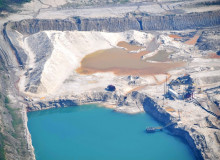
Northern White Sand mine, North Utica, Illinois. Aerial images taken with the assistance of the non-profit pilot collaborative LightHawk. (Ted Auch/FracTracker Alliance, June 2016)
Northwestern University
Farmers in Illinois are fighting in an ongoing lawsuit to stop a proposed sand mine that would be built close to their land.

